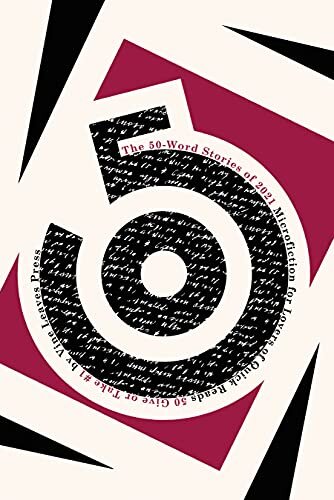I’m excited to announce that my flash fiction, “It was just supposed to be,” was published this week at Bright Flash Literary Review! 📚
Check out my story below as well as the awesome stories by fellow authors at their current issue. If you write flash, consider submitting, too.
“It was just supposed to be”
a quick zip through aisle seven and back.
Somebody said she’d moved outside Rawston somewhere after, so it never occurred to him that Tuesday before New Year that he’d turn the corner with the laundry detergent in his right hand and there was Maisy.
“Hey,” was all he thought to say.
“My sister needed a few things,” she half-smiled.
Photo courtesy of Eduardo Soares on Unsplash.com, free stock
There was a baby strapped onto her in one of those carrier things he didn’t know the name of. She was someone’s mom now. That was weird, and new. Fifteen years together. They never. He never thought she’d wanted one. He didn’t. Doesn’t.
The baby bopped legs and arms in herky-jerky movements. The baby had Maisy’s curls.
“Just getting this,” and he held up the neon plastic jug like he was proving something, as if until he’d pointed it out it’d been invisible.
Should he have said something, asked about the baby—Maisy’s baby—a name maybe? An age? He hadn’t seen any teeth when the baby had grinned at Maisy, but how old are kids when they get front teeth? Do back ones come in first?
Maisy had bounced a bit on the balls of her feet near the stacked boxes of soda crackers; the baby laughed in reply. They made a tableau together like he’s seen mothers and kids do on TV.
“Yep, everyone needs clean clothes,” she said.
She looked tired in her eyes, but happier than she ever was their last few years. Calmer somehow.
“Good…good point. Hey, great seeing you,” he said, because he could think of nothing else to say but random inanities. The baby’s hair the exact raven black of Maisy’s the night they’d met as freshmen. He’s got some grays now.
The baby had some other guy’s eyes. Weird. He’d turned away.
“You, too, Darvin,” she said, using her sympathy voice.
The baby kicked into cracker boxes, and the front one wobbled but didn’t fall.
“Look what you’ve done, little cutie. Yes, you, my little cutie,” Maisy cooed and laughed.
He ducked into aisle four; he dropped the detergent onto a random shelf. No longer any energy left for waiting in line, for another possible sighting. He couldn’t. He was outta there.
He lightninged through electronic double doors, out of breath but not running.
He’ll grab another detergent at the QuickShop after work tomorrow and stew about Maisy tonight. He leans back in the tan recliner; they’d picked it for their first apartment after college. He’d liked the red one, but Maisy said tan would go with more things. She’d been right about that. About more than that, he guessed.
He should take his mother up on her offer to reupholster it.
“Give it a new look,” Mom had said. “Or else donate it to charity, get something new.”
Yeah, but the chair’s the last thing left from their years together.
He keeps the living room lights off tonight; his laptop casts a pale green light that wobbles against the opposite white wall, the same color it was when he moved in.
Is Maisy still at her sister’s on Root Lane? Seven miles is nothing; how easily he could jump in his truck, drive out that way. Just to see.
He presses back into the tan upholstery, but there’s nowhere further to go. It was far easier when he could think of Maisy as alone, like him, near Rawston at night.
He feels it in his gut: Maisy’s gone home to the man whose eyes the baby shares. Their baby.
Biography: Melanie Faith is a night-owl writer and editor who likes to wear many hats, including as a poet, photographer, professor, and tutor. Three of her craft books about writing were published by Vine Leaves Press in 2022, including her latest, From Promising to Published. She enjoys ASMR videos, reading, teaching online writing classes, and tiny houses. Learn more at https://melaniedfaith.com/ .









